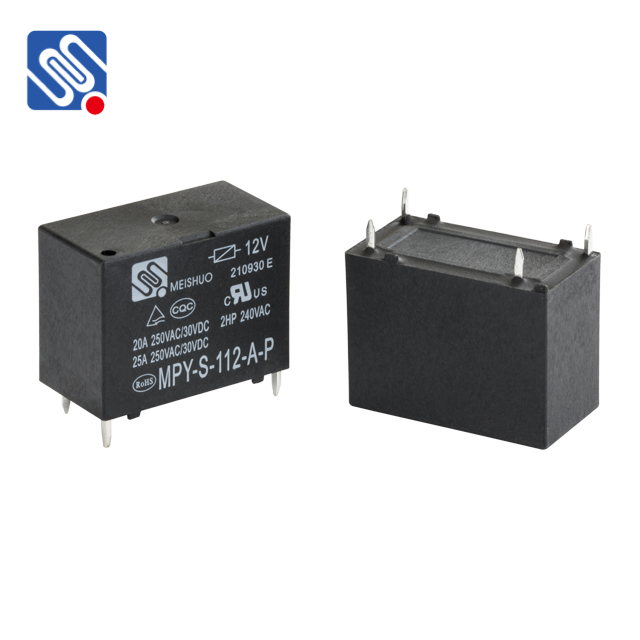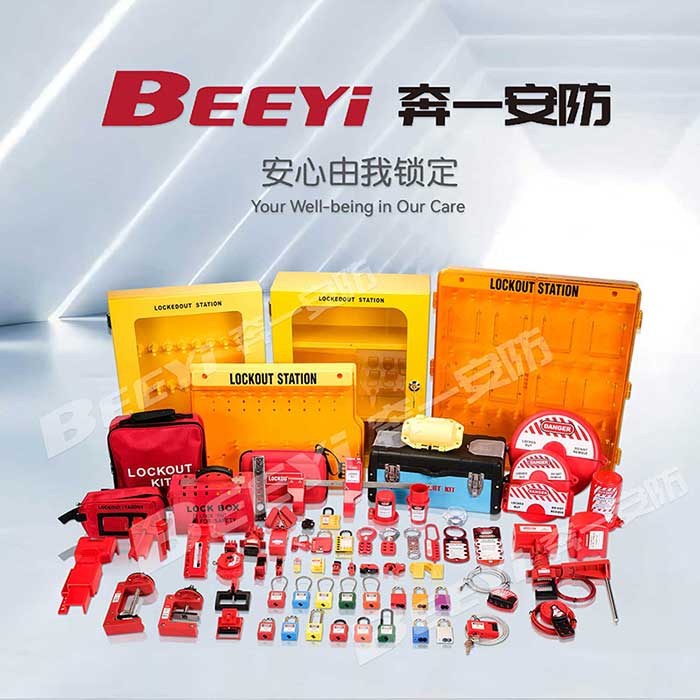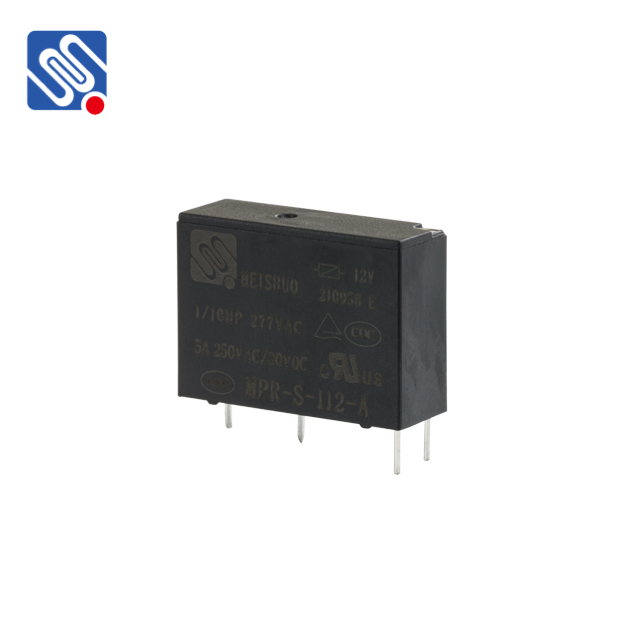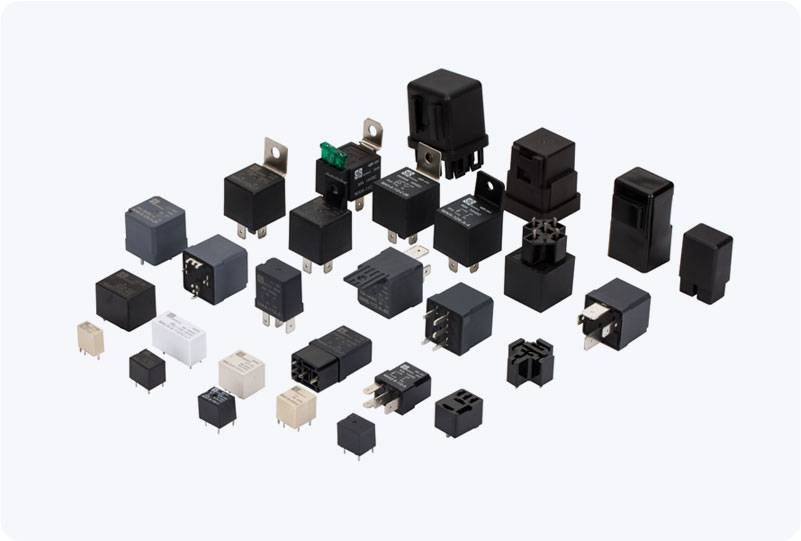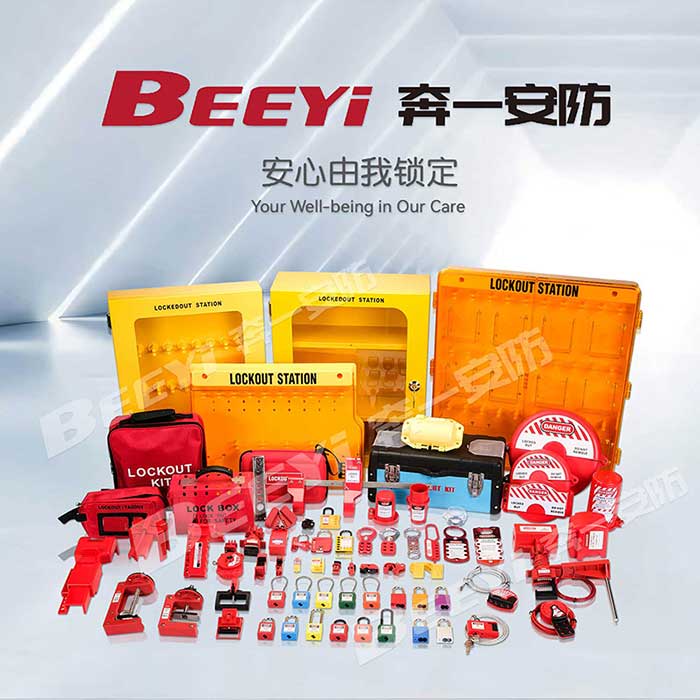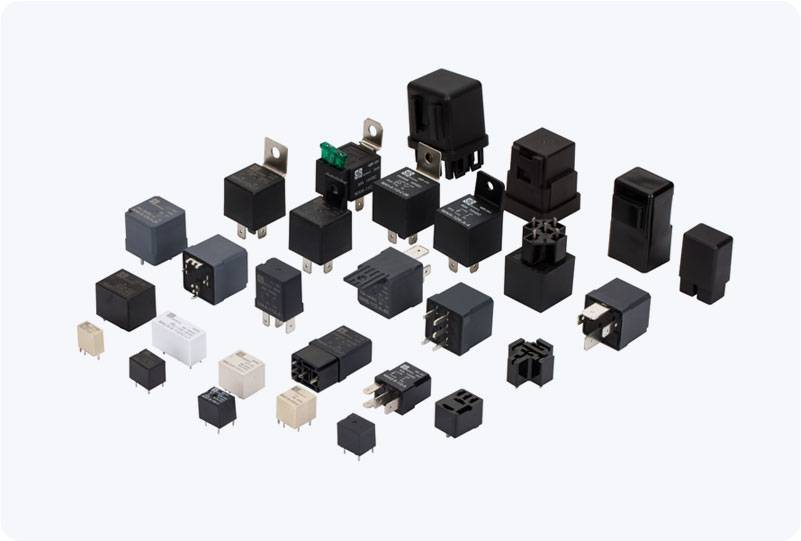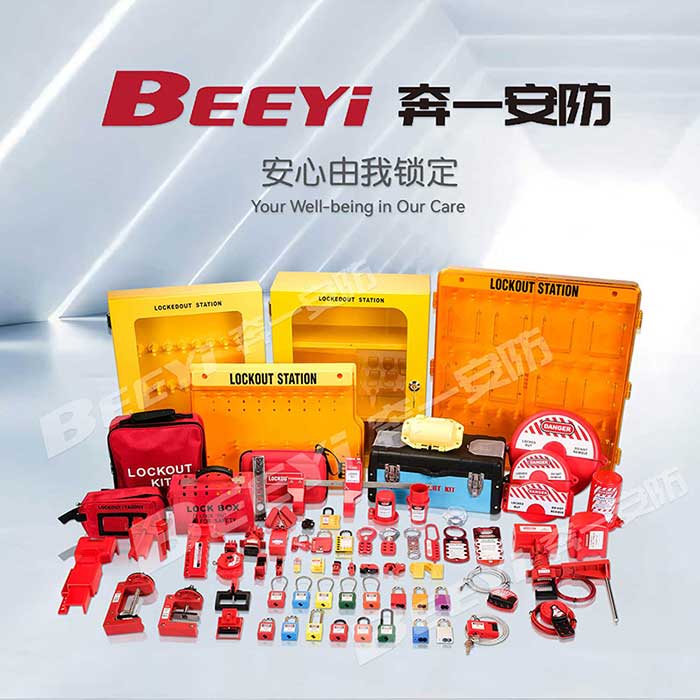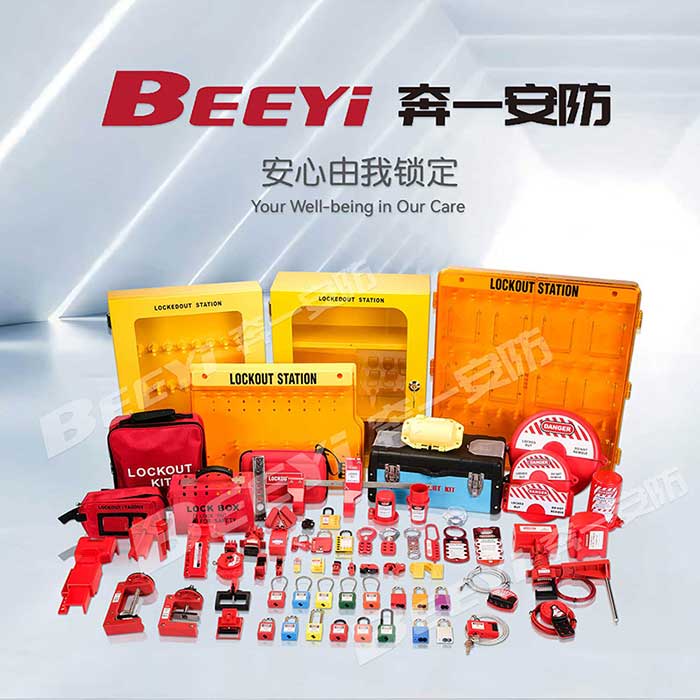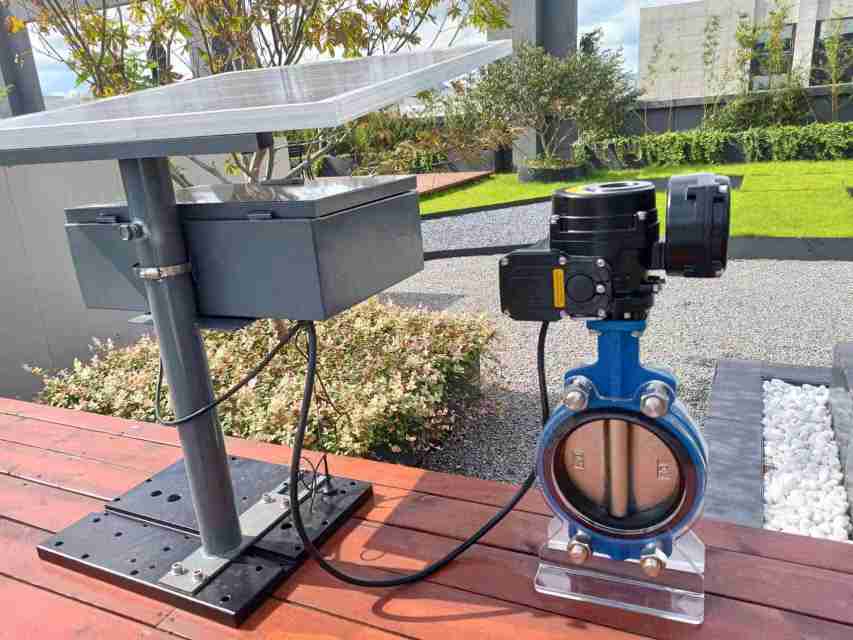In industrial settings, ensuring the safety of employees during maintenance and repair tasks is crucial. One of the most essential safety measures is the use of lockout/tagout (LOTO) systems, which include lockout hasps. These devices serve as an additional layer of protection, preventing unauthorized access to equipment and ensuring that machinery or electrical systems are properly de-energized before maintenance. However, to maximize the effectiveness of lockout hasps, expert technical support is often required. This article explores the importance of Lockout Hasps technical support, offering insight into installation, compliance, troubleshooting, and long-term maintenance.
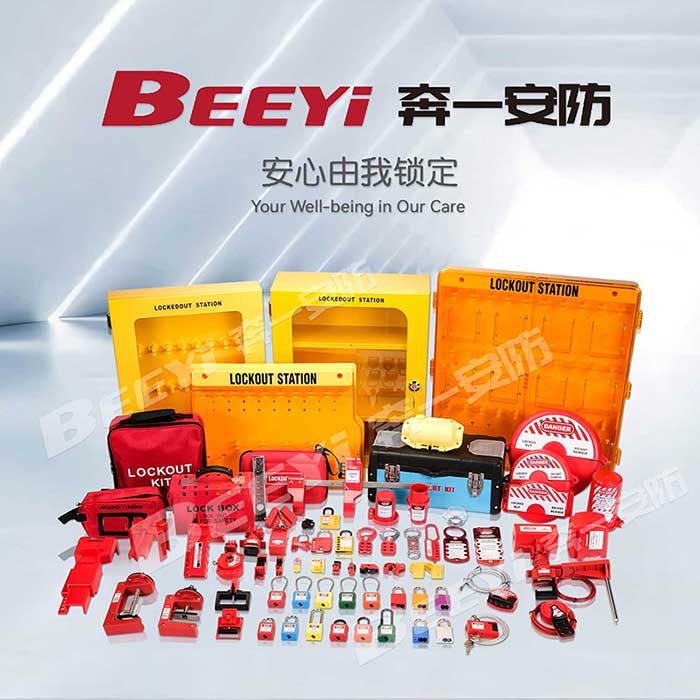
The Role of Lockout Hasps in Workplace Safety Lockout hasps are a vital part of the lockout/tagout system, designed to allow multiple workers to lock out a single piece of equipment. Typically, they are used to secure energy-isolating devices such as electrical switches, valves, or circuit breakers, ensuring that these devices cannot be turned on while someone is working on them. A lockout hasp is a metal device that attaches to an energy-isolating mechanism, enabling workers to apply personal locks. This way, each worker can ensure that the equipment is safely locked out until their task is completed.
